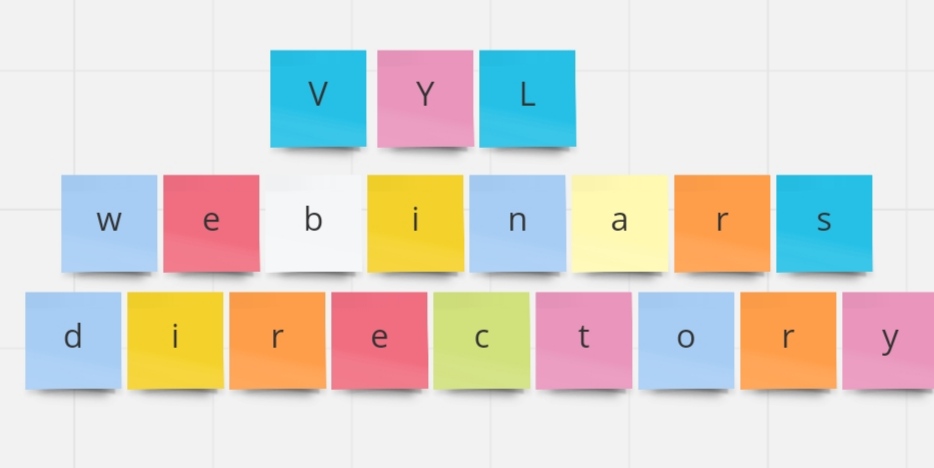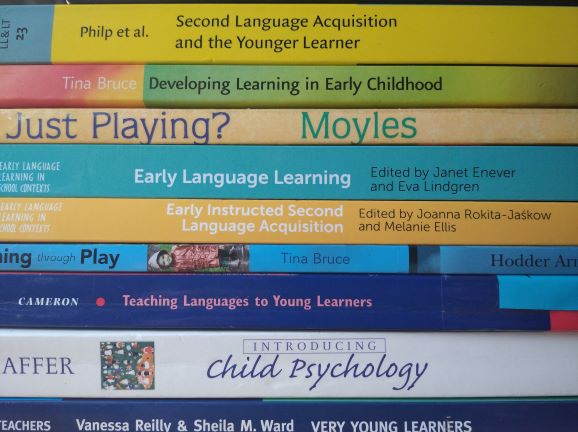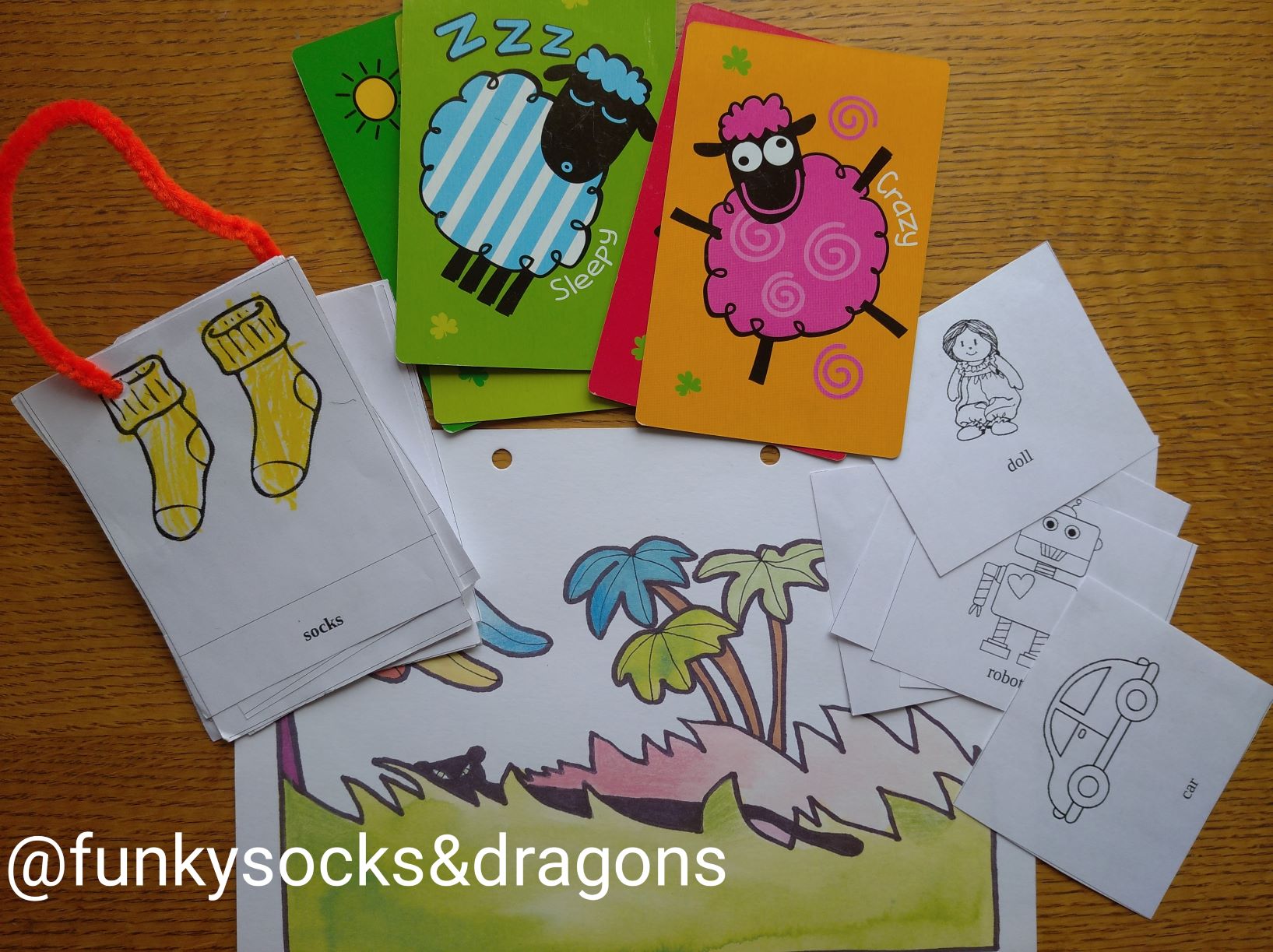
This is the first post in the series of ‘Reading and Research’ in which I would like to at least try to bring forward the great thinkers and researchers that stand behind everything that we do in the classroom, in the hope that in the worst case scenario it will be a tiny contribution to spreading the word and in the best case scenario, someone is going to reach out and read the original article and look at the procedures in the classroom from a different angle. Today: Jerome. Then Leo, Lily and all the other ones. And yes, I am using their first names as a sign of my utmost respect because over the years, we have grown really close.
Let me introduce my first superhero, Jerome S. Bruner.
However, before we get to scaffolding and the EFL classroom, please start with watching one of the last interviews that Jerome S. Bruner gave, in 2013, three years before his death. Why? Just to find out more about the life of a great scholar who cheated in order to be able to be enlisted to fight in WWW II, served under general Dwight Eisenhower and who, upon moving to England to start teaching at the University of Oxford in 1972, wanted to take his boat with him so badly that he basically organised an across-the-ocean sailing do with a bunch of his friends…
Now, scaffolding.
It is probably one of the very few methodology terms that made it into the everyday vernacular of teachers, used not only by trainers and resource book writers but also teachers. Such a concept! So much potential!
That is one single reason why digging deep (and deeper), it is worthwhile to be inquisitive about the beginnings of all of these concepts that are so familiar and yet so unknown and which, initially, had nothing or, indeed, very little to do with learning language.
Jerome S. Bruner and his two colleagues David Wood (University of Nottigham) and Gail Ross (Harvard University) carried out an experiment on a group of children, aged 3, 4 and 5 in order to find out how these childrenfor the first time introduced this term in relation of learning and, funnily enough, initially it had nothing, or very little, to do with learning languages.
The article was the report of the research that the three psychologists conduced on a group of children, aged 3, 4 and 5 to find out how these learners behave in a specific learning situation and how the tutor’s support, its amount and quality, varies in relation to the child’s age. This research was carried out in the light of the socio-cultural theory of learning which assumes that adults (teachers, parents, older siblings also known as ‘experts’) help children (or not adults, not experts but novices) to learn. Based on what they observed, they defined scaffolding as the ‘process that enables a child or novice to solve a problem, carry out a task or achieve a goal which would be beyond his unassisted efforts’ (Woods et al, 1976: 90).
The research
The experiment itself is a fascinating piece of reading and I would recommend having a look at it to every teacher working with young or very young learners.
Let’s take the task, first of all. The three gentlemen designed the task (and ‘the toy’) themselves with a few objectives in mind, namely it had to be interesting enough for the children to be willing to get involved or as they call it ‘feature rich’. It had to be complex to challenge the kids but at the same time achievable, both for 3 y.o. and 5 y.o. and for example it could not be very complex as regards fine motor skills of physical strength as the younger children would not be able to participate in it. What is more, it had to be repetitive to enable the children to learn while dealing with the task and to apply the developed skills in later stages of the activity.
The final result was a set of interlocking blocks, that, if used properly, come together as a pyramid. The children were allowed to play with the blocks alone, under the supervision of an experienced tutor, who would apply what techniques she found most suitable to help each child complete the task as independently as it was only possible in each case. Then, the quality of this support was analysed and conclusions drawn.
The findings
The most fascinating part of this research are the differences in they way in which children of different age groups of preschoolers reacted to the task.
During the interaction with the tutor, the youngest children needed most help but also, that, because of their age, they were not quite interested in observing the demonstration and instructions. The other children, most likely already familiar with the school set-up and the roles of the learner and the teacher, were indeed ready to listen, ready to be taught.
When it comes to the oldest children in the group, because of their cognitive development, they were ready to deal with the task, almost from the word ‘go’, with a minimal tutor support. It can be assumed that for slightly older children, the presence of the tutor would be completely redundant.
What do we, the YL teachers, get from this?
A better understandig of how the same task may or may not work with students from different age groups.
This is especially important for the teachers of very young learners. It might happen (and it often does) that, for whatever the reason, children of different ages end up studying in the same group, for example a 3 year-old with a 5 year-old, since they are both pre-school beginners. Or, even more frequently, the same coursebook is used with a group of 3 year-old beginners and with a group of 5 year-old beginners, although they are miles away in terms of social, cognitive, linguistic development.
No need to panic, however, here is the good news from Jerome et al: we can make it work. In most cases there is a leeway and the same resource, activity, handout, craft, game can be used with the younger and with the older preschoolers and the things to change will be the instructions, staging and the amoung of the teacher’s inolvement and support. A post with more examples and practical solutions soon to come!
A better understanding of what a VYL or YL activity should be, from the perspective of child development
For language teachers the most important factor to take into consideration while assessing materials and activities is their potential contribution to a meaningful language production. However, teachers working with early years, primary or pre-primary, are aware of the fact that they cannot open the book or bring a handout and hope that their students will get involved in completing the activities just because this is something that the teacher wants them to do. The criteria that Bruner et al outlined while designing their ‘toy’ are a good starting point for the teachers who can be asking the following questions while lesson planning
- Is the task going to be ‘interesting’ for the students? Why would they want to do it? Is it a game? Is it fun? Is it colourful? Does it involve their favourite characters? It does not mean that all these criteria need to be met every single time but is it a little bit more than ‘exercise 2 on page 11’?
- Will they be able to do it? Is it achievable for the students whose hands, brains and social skills are only 4 years old? Is it challenging enough (in terms of the congitive skills, the linguistic skills, the motor skills)?
- Is there any point in investing the teacher’s and the students’ time and energy in it? Can it be recycled later, in any way? The game which might be possibly time-consuming to set up the first time but that can be played again and again, with different sets of vocabulary…Learning a song that, intially, might be too long and to complex but which will become the group’s feel-good anthem…Making the puppet of a favourite character that perhaps will not generate too much language in the first three months but that will be your students’ safely blanet and will make them feel safer in class…I don’t think there is one one definite answer here that would work for all the children, all the teachers and all the groups but, nonetheless, it is a good question to bear in mind.
A better understanding of how we can support our students in class
Before the concept of ‘scaffolding’ became one of the key words in EFL and before it got watered down a bit, Wood, Bruner and Ross, based on all their observations of children, managed to highlight six ways in which a tutor (or a teacher) can actually scaffold an activity. Among them (only) three are directly related to teaching:
- demonstration (or modelling and instructions appropriate for the students’ age, level and cognitive skills),
- marking critical features (or monitoring and feedback)
- reduction in degrees of freedom (which stands for what is most frequently associated with scaffolding – task simplification by providing more support for the student).
The other three are more related to the fact that the group were preschool children and involve
- getting the kids interested in the task (recruitment),
- making sure they stay interested (direction maintenance)
- dealing with tantrums and demotivation (frustration control) in order to enable them to complete the task.
So every single time you are demonstrating, getting your kids’ attention, calling their name to get them back or every time you praise them because you can see they are struggling and are about to burst into tears…Every time you are colour-coding the handout or manipulating it in any way to make it doable…Anytime you are putting on your silly voice to turn it into magic or counting down to signal that they should be settling down, you are, in fact, scaffolding! And that is the way to go!
References
Wood, D., J.S. Bruner and G.Ross (1976), The Role of Tutoring in Problem Solving, Journal of Child Psychology, 17, pp 89 – 100.
Inside the Psychologist’s Studio with Jeremy Harmer (2013), https://www.youtube.com/watch?v=xxn6IpAJEz8







